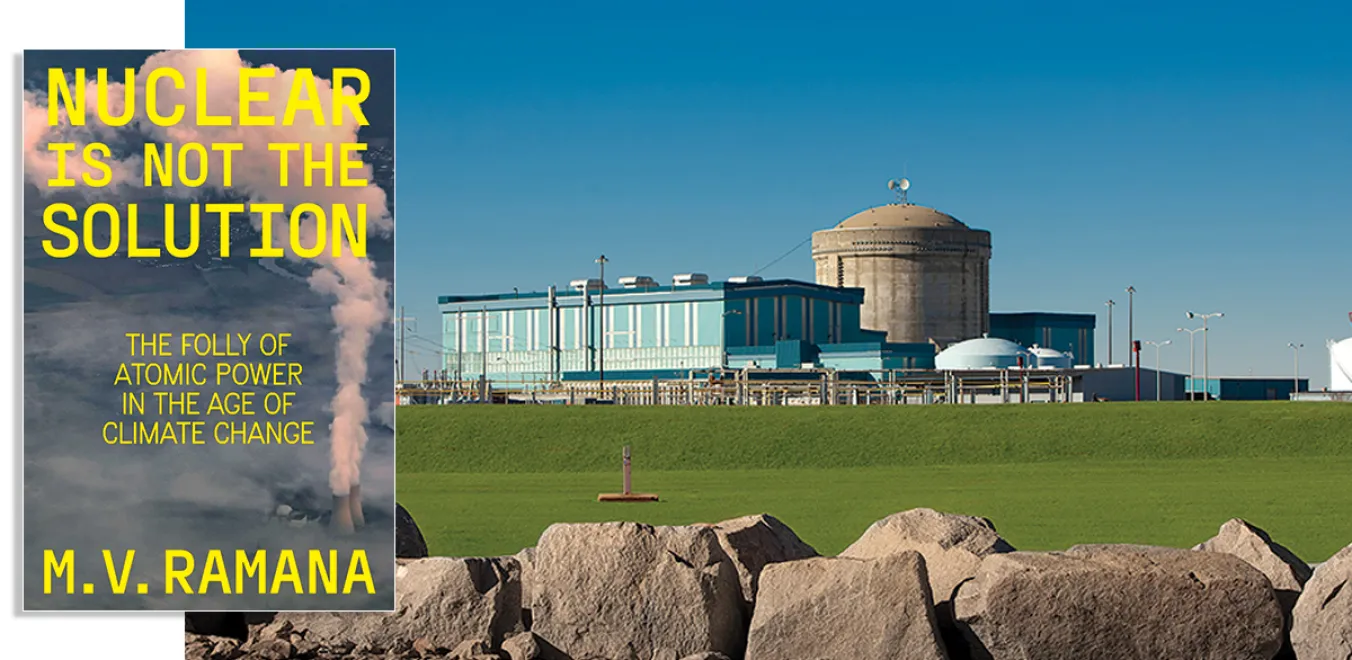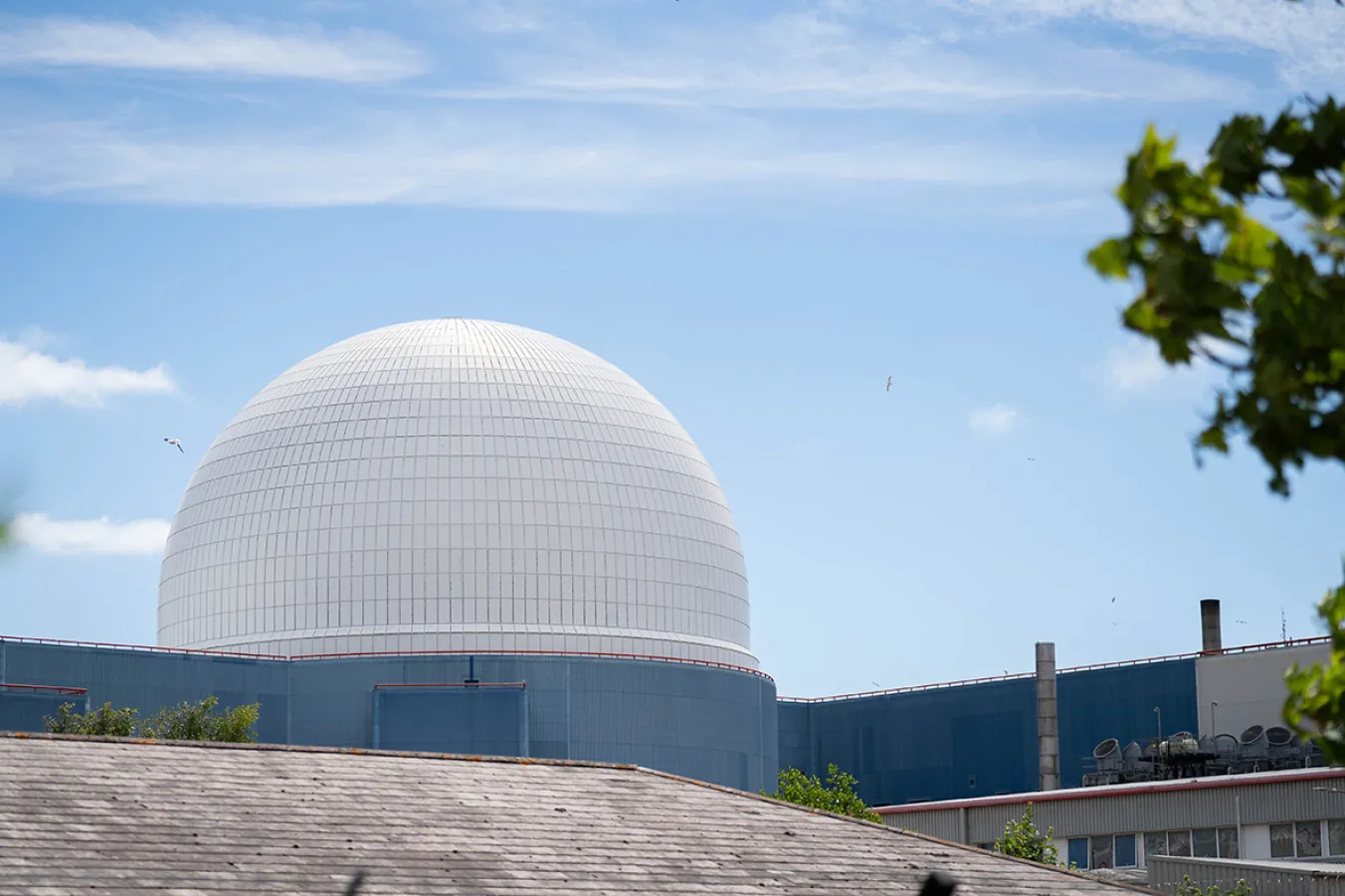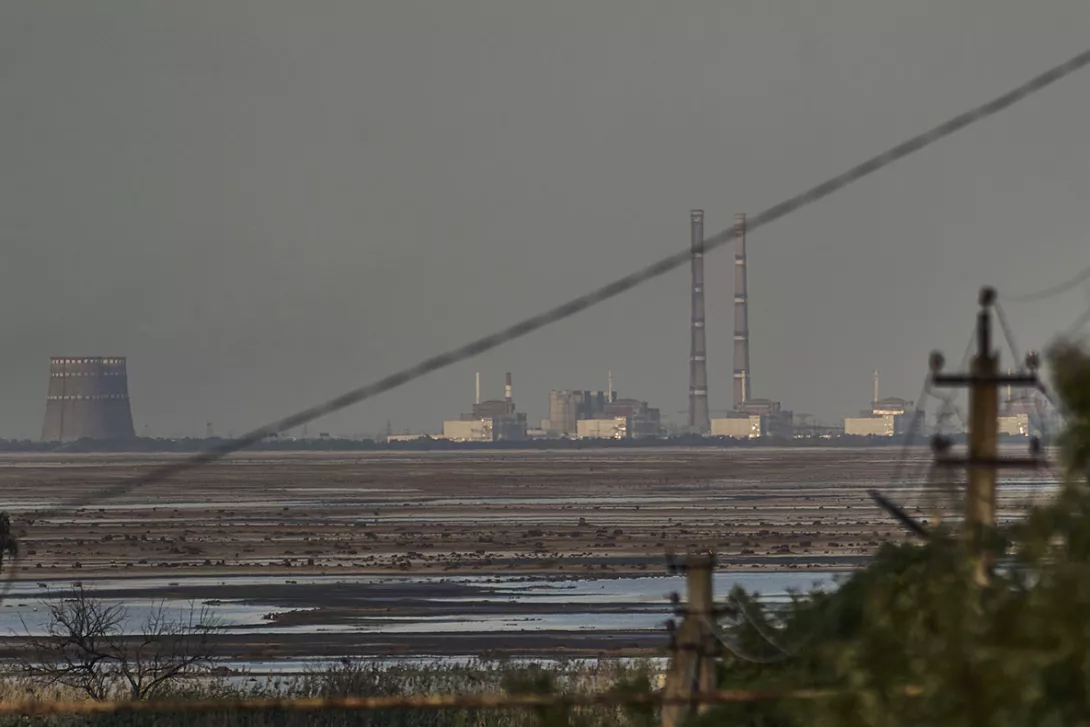GORDON PARSONS is bowled over by a skilfully stripped down and powerfully relevant production of Hamlet
The folly of atomic power
RON JACOBS recommends a frank and honest assessment of the corrupt and profit-hungry nuclear industry

Nuclear is Not the Solution: The Folly of Atomic Power in the Age of Climate Change
MV Ramana, Verso, £20
THIS past June, a couple of my sisters and I drove from California to Minnesota. One of the states we traveled through was Idaho. We gassed up in a town called Atomic City, which advertised itself as the first city in the United States to have nuclear-powered electricity.
This town is inside what grounds of the Idaho National Laboratory, an 890 square mile research site run by the Department of Energy together with various commercial and military interests. Its website currently touts its scientific expertise and its mission devoted to carbon-free nuclear energy, alternative energy and military security.
More from this author
The phrase “cruel to be kind” comes from Hamlet, but Shakespeare’s Prince didn’t go in for kidnap, explosive punches, and cigarette deprivation. Tam is different.

ANGUS REID deconstructs a popular contemporary novel aimed at a ‘queer’ young adult readership

A landmark work of gay ethnography, an avant-garde fusion of folk and modernity, and a chance comment in a great interview

ANGUS REID applauds the inventive stagecraft with which the Lyceum serve up Stevenson’s classic, but misses the deeper themes
Similar stories

RAE STREET recommends a useful guide that scotches the misguided belief that the arms industry is needed for the economy and jobs

LINDA PENTZ GUNTER condemns Starmer’s willingness to let children go hungry and the elderly shiver while pouring billions into doomed nuclear projects that won’t address the climate crisis

RON JACOBS recommends an evocative novel that explores the time that Ho Chi Minh spent in Paris










